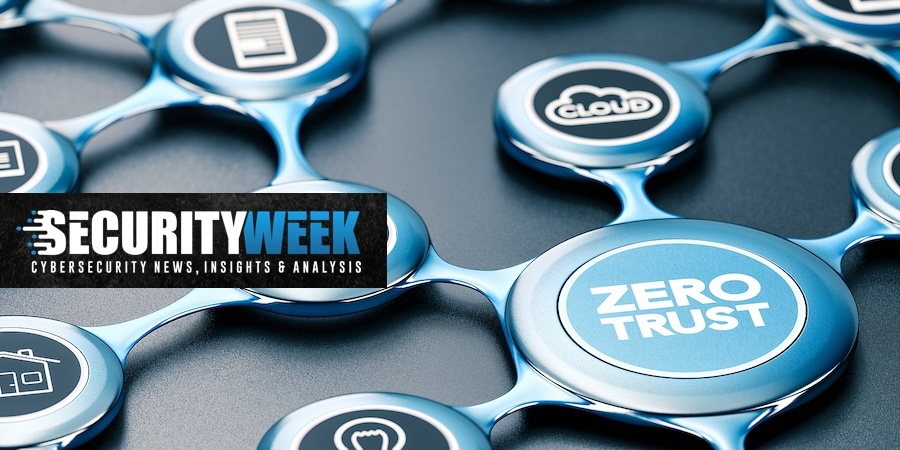
"Zero Trust turned fifteen years old on September 14, 2025. Its invention was announced with Forrester's publication of John Kindervag's paper, No More Chewy Centers: Introducing The Zero Trust Model of Information Security, on that date in 2010 (archived here). Zero trust recognizes that treating cybersecurity like an M&M (a hard crunchy shell impenetrable to hackers protecting a soft chewy center where staff can work freely and safely) simply doesn't work."
"This is the basis of zero trust (or ZT): abandon the old concept of a barrier between two separate networks (one untrusted: the internet; and one trusted: the enterprise). Instead, trust nothing and verify everything, regardless of source or destination. The concept is sound and rapidly gained approval, culminating in EO14028 mandating that federal agencies must move toward a zero trust architecture while private companies should do similar - but never defining how it could be achieved."
Zero trust requires eliminating a trusted internal network core and making security ubiquitous across networks. The model rejects perimeter-based protection and mandates trust nothing, verify everything regardless of origin or destination. Zero Trust originated in 2010 with John Kindervag's Forrester paper and reached a fifteen-year milestone in 2025. U.S. policy EO14028 pushed federal agencies toward zero trust but did not prescribe specific implementation steps. Implementation depends on individual organizational ecosystems, leaving no single checklist, no turnkey product, and no likely universal regulatory mandate, so adoption remains uneven and often partial.
Read at SecurityWeek
Unable to calculate read time
Collection
[
|
...
]